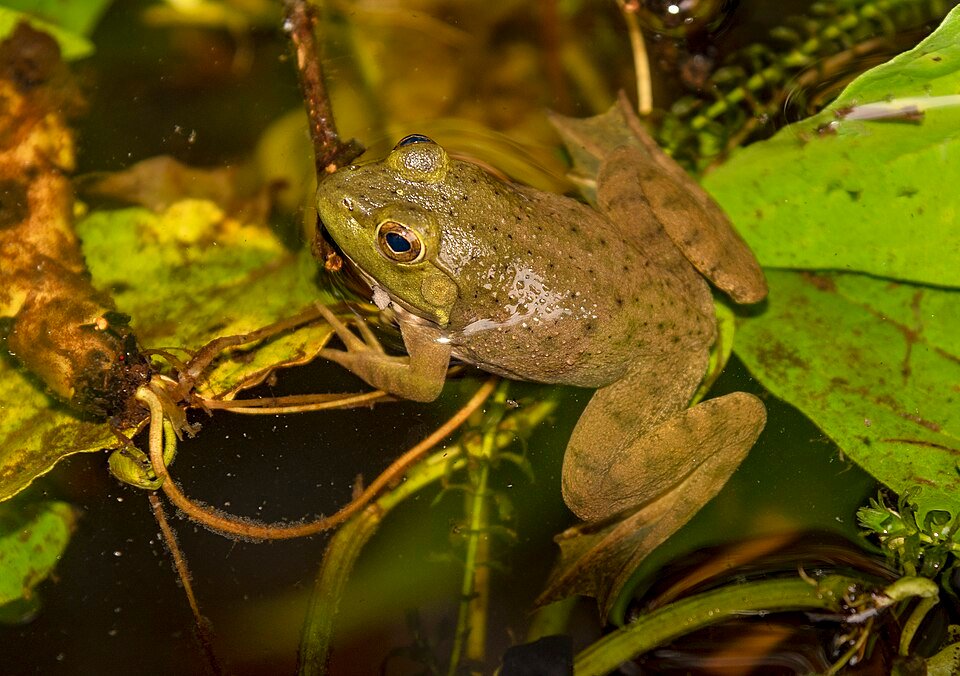
The blue mussel, Mytilus edulis, is a key species in marine ecosystems and the aquaculture industry, as well as a valued food source. However, its taxonomic classification is complex, as it belongs to the Mytilus species group, which includes at least two other closely related species: Mytilus galloprovincialis and Mytilus trossulus. These species hybridize easily and have a wide geographic distribution, including both sides of the Atlantic.
Aquaculture experts at the Roslin Institute have collaborated with their industrial partner Atlantic Aqua Farms to map the complete set of chromosomes of the blue mussel, an important commercial species in Europe and North America. In this way, researchers aim to revolutionize mussel farming and improve disease resistance using advanced genetic sequencing technologies.
Challenges in Mussel Aquaculture
Despite being a key species in bivalve production, scientific studies show that the availability of wild seeds for mussel aquaculture is decreasing in the UK and other places. These losses are attributed to multiple stress factors, including warming seas.
Moreover, the effects of hybridization between species of the Mytilus spp. complex in the Northern Hemisphere are still uncertain, with negative effects suggested from hybridization with M. trossulus and possible adaptive introgression in the case of hybridization with M. galloprovincialis.
Conservation and Genomic Improvement Efforts
To protect the aquaculture industry from these challenges, a series of programs have been launched in the UK, Europe, and Canada. However, these efforts have not been straightforward, and a better understanding of fundamental biology is required to achieve commercial success.
Despite their importance in aquaculture and the valuable ecosystem services they provide, there was no chromosomal assembly for any species within the Mytilus complex. Better genomic tools are needed to address fundamental biological questions such as inheritance patterns and adaptations.
A High-Resolution Genetic Map
The team of scientists has achieved a significant breakthrough in the genetic understanding of the blue mussel. Using cutting-edge sequencing technologies such as PacBio and Dovetail’s Omni-C, they constructed a high-quality chromosomal assembly of the M. edulis genome. This achievement represents an invaluable resource for future studies in aquaculture, ecology, and marine evolution.
According to the study published in the scientific journal G3 Genes|Genomes|Genetics, the assembled genome has a size of 1.65 gigabases and presents a highly ordered structure, with 14 long scaffolds covering 94% of the total estimated genome. Additionally, 45,379 genes were identified through RNA messenger analysis from different tissues. This high-quality dataset will allow a more precise characterization of the genes involved in various biological processes, such as growth, reproduction, and environmental adaptation.
Stay Always Informed
Join our communities to instantly receive the most important news, reports, and analysis from the aquaculture industry.
“This research project marks a significant advance in aquaculture. It shows how genomic research can provide practical solutions for commercial aquaculture and environmental conservation,” said Dr. Tim Regan, Career Track Fellow, Roslin Institute.
Implications for Aquaculture and Conservation
The genome of M. edulis is a powerful tool for improving the efficiency and sustainability of mussel aquaculture. By identifying genes associated with desirable traits such as rapid growth, disease resistance, and meat quality, scientists will be able to develop more effective genetic selection programs.
For example, the new data will enable aquaculturists to breed mussels with stronger byssal threads, which are crucial for mussels to attach securely to ropes, ensuring more stable yields. Additionally, genomic insights will help select mussels that grow faster and produce more meat, improving the overall productivity of mussel farms.
Moreover, the mapped genome allows scientists to study the immune responses of different mussel populations, leading to specific breeding programs that enhance disease resistance. This will reduce losses due to disease and improve the health and sustainability of mussel populations, says the research team.
On the other hand, this genetic resource is essential for understanding the ecology and evolution of Mytilus species. By studying genetic variation among natural populations, researchers can gain insights into distribution patterns, adaptation processes, and hybridization risks. This information is crucial for developing appropriate conservation and management strategies.
Conclusion
In summary, the assembly of the common mussel genome marks an important milestone in marine research. The results obtained will open new opportunities for the development of sustainable aquaculture and the protection of coastal ecosystems.
In the coming months, the research team plans to explore the genetic diversity of blue mussels in Scotland, leveraging the complete genome map to conduct more detailed analyses.
The project was funded by Genome Canada and carried out in close collaboration with Atlantic Aqua Farms.
Contact
Tim Regan
The Roslin Institute and Royal (Dick) School of Veterinary Studies, University of Edinburgh
Midlothian, EH25 9RG, UK
Email: tim.regan@roslin.ed.ac.uk
Reference (open access)
Tim Regan, Tiago S Hori, Tim P Bean, A chromosome-scale Mytilus edulis genome assembly for aquaculture, marine ecology, and evolution, G3 Genes|Genomes|Genetics, Volume 14, Issue 8, August 2024, jkae138, https://doi.org/10.1093/g3journal/jkae138
Editor at the digital magazine AquaHoy. He holds a degree in Aquaculture Biology from the National University of Santa (UNS) and a Master’s degree in Science and Innovation Management from the Polytechnic University of Valencia, with postgraduate diplomas in Business Innovation and Innovation Management. He possesses extensive experience in the aquaculture and fisheries sector, having led the Fisheries Innovation Unit of the National Program for Innovation in Fisheries and Aquaculture (PNIPA). He has served as a senior consultant in technology watch, an innovation project formulator and advisor, and a lecturer at UNS. He is a member of the Peruvian College of Biologists and was recognized by the World Aquaculture Society (WAS) in 2016 for his contribution to aquaculture.




